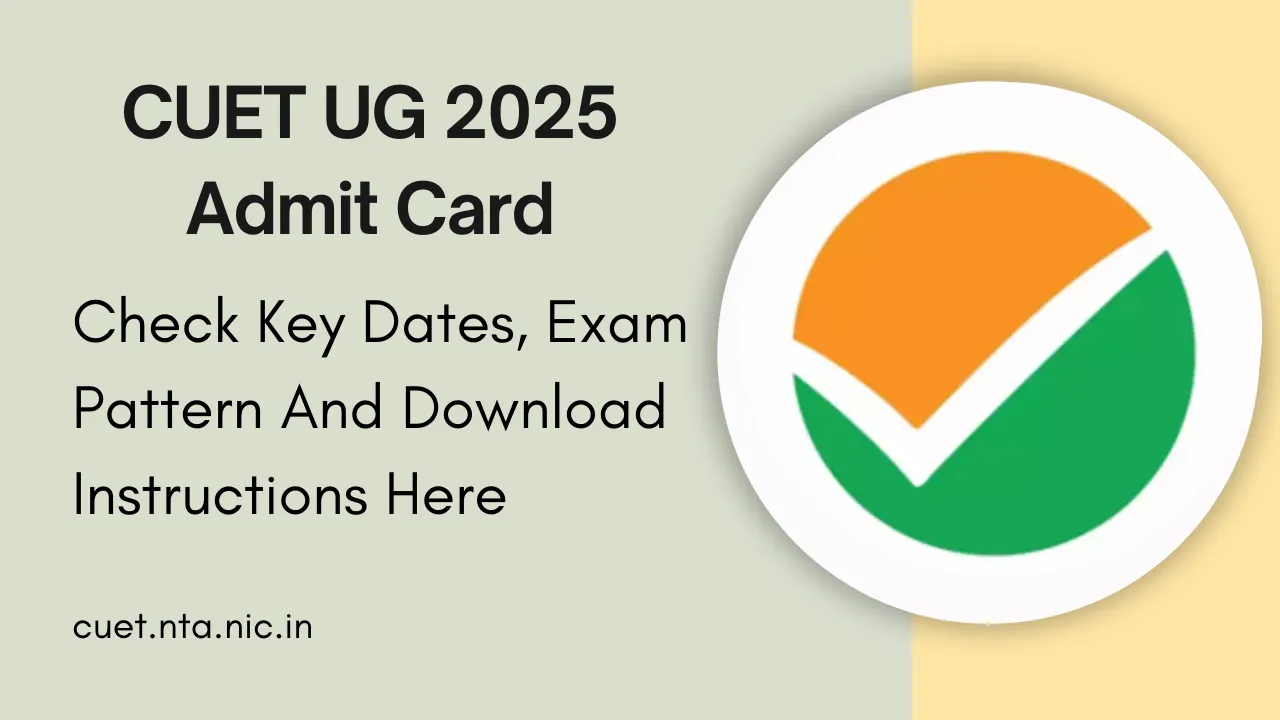Preparing for competitive exams demands a smart strategy. While books, mock tests, and coaching classes are essential, one highly effective tool often underutilized is the previous year question paper (PYQ). Simply solving them isn’t enough—you need to analyze previous year question papers methodically to unlock their true value. Effective analysis can highlight important topics, reveal patterns, and guide your preparation in the right direction.
In this article, we’ll explore how to properly analyze previous year question papers, ensuring you not only practice but also learn strategically from them. By following a structured approach, you can gain deep insights into the exam, improve time management, and avoid repeated mistakes.
Analyze Previous Year Question Papers
To analyze previous year question papers effectively, you need more than just answers—you need to break down the structure, patterns, and trends of the paper. This involves examining topics, question types, difficulty levels, and time management techniques. Doing so helps you identify frequently asked topics, understand your weak points, and refine your test-taking strategy.
Overview Table
| Key Steps | Description |
| Initial Overview | Understand the paper’s structure, sections, difficulty level, and question patterns |
| Subject-Wise Analysis | Categorize questions by subject, assess weightage, and identify strengths and weaknesses |
| Question-Specific Analysis | Examine question types, application of concepts, and common error patterns |
| Time Management Analysis | Review time spent per question, evaluate speed and accuracy |
| Strategic Insights | Identify important topics, exam trends, and effective test-taking strategies |
| Implementation and Review | Revise weak areas, create notes, and track progress through regular review |
| Tools and Techniques | Use spreadsheets, mind maps, and online forums for better analysis and planning |
Initial Overview
The first step to analyze previous year question papers is getting a clear overview of the paper’s structure. Begin by reviewing the number of sections, types of questions, marking scheme, and time limit. Understand the overall difficulty level—was it easy, moderate, or tough?
Look for any recurring patterns in the paper, such as frequently asked topics or repeated question types. Also, check if the exam pattern has changed over the years. Recognizing these trends early will give you clarity about what to expect and where to focus your preparation.
Subject-Wise Analysis
Once you have the overall picture, move on to analyzing each subject individually. Categorize all questions based on subjects and further divide them by topics. For example, in a general studies paper, divide questions into history, polity, economics, science, etc.
Identify which topics appear frequently across different years. This will help you prioritize these areas in your study plan. Assess the weightage each subject carries in the paper, so you can allocate your study time accordingly. Also, evaluate which subjects you find challenging and which ones you are comfortable with.
Question-Specific Analysis
Now dig deeper into individual questions. Start by identifying the type of questions asked—are they multiple-choice, descriptive, matching, or true/false? Each type requires a different approach.
Next, analyze how concepts are applied. Pay attention to how questions are framed—do they test factual knowledge, conceptual understanding, or analytical ability? This will help you understand how to prepare and how to frame answers effectively.
Finally, check your error patterns. Are you making conceptual errors, calculation mistakes, or careless errors? Understanding the nature of your mistakes is crucial to avoiding them in the future.
Time Management Analysis
Another critical part of learning how to analyze previous year question papers is reviewing how you manage your time. Assess how much time you are spending on each section and each question.
Identify if you’re spending too much time on certain topics or struggling to complete the paper on time. Also, analyze the balance between speed and accuracy. Find areas where you can improve your speed without compromising on correctness. Over time, this analysis will help you develop better time management strategies.
Strategic Insights
Through detailed analysis, you will start noticing key insights. Identify the topics that are most frequently asked—these should be given top priority during your preparation.
Keep an eye on any changing trends in the exam pattern or question style. Recognizing these changes can give you an edge over other candidates. Experiment with different test-taking strategies such as deciding the order in which to attempt sections, how to allocate time, and which questions to skip or attempt first.
Implementation and Review
Once you’ve gathered insights, it’s time to apply them. Focus on revising the topics where your performance is weak. Use quality study materials, practice more questions, and revisit concepts that you find challenging.
Create concise notes and summaries of key concepts and formulas while analyzing papers. These notes will be handy for quick revisions closer to the exam date.
Finally, review your analysis regularly. Tracking your progress over time will help you understand if your preparation strategy is working or if adjustments are needed.
Tools and Techniques
Using the right tools can make your analysis more efficient. Here are some suggestions:
- Spreadsheets:
Use spreadsheets to categorize questions by topic, difficulty level, and frequency. This will help you spot patterns easily. - Mind Maps:
Visualize relationships between different topics and subjects using mind maps. This helps in understanding connections and aids in better revision. - Online Forums and Discussions:
Engage with fellow aspirants on online forums. You’ll gain new insights, understand common mistakes, and stay updated on exam trends.
Frequently Asked Questions
1. Why is it important to analyze previous year question papers?
Analyzing helps you understand the exam pattern, frequently asked topics, and your weak areas, leading to focused preparation.
2. How many years’ question papers should I analyze?
Ideally, analyze at least the last five to ten years’ papers to get a clear picture of patterns and trends.
3. Is solving PYQs enough for exam preparation?
Solving PYQs is essential, but analyzing them effectively and combining them with regular revision, mock tests, and study materials is crucial.
4. How can I avoid repeating the same mistakes?
Identify the types of errors you make (conceptual, calculation, or careless) and work specifically on correcting them.
5. What tools can help in analyzing question papers?
Spreadsheets, mind maps, and online discussion forums are effective tools to organize and analyze PYQ data.
Final Thought
Learning how to analyze previous year question papers effectively is one of the smartest strategies for any competitive exam preparation. It helps you focus on important topics, refine your problem-solving approach, and manage your time wisely. Most importantly, it allows you to learn from your mistakes and continuously improve.
If you’ve been solving papers without analysis, it’s time to upgrade your approach. Start today, and feel free to share your own techniques or experiences in the comments below!











